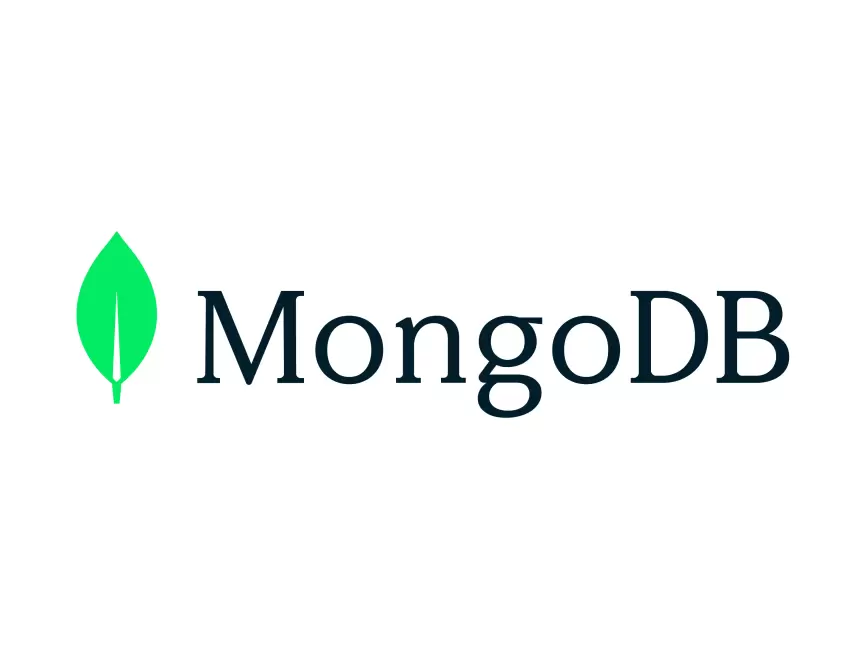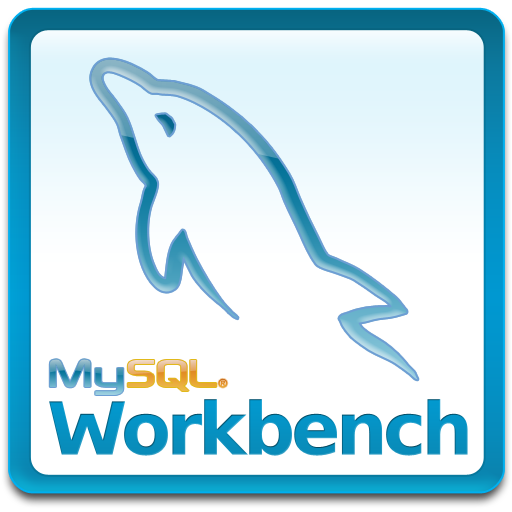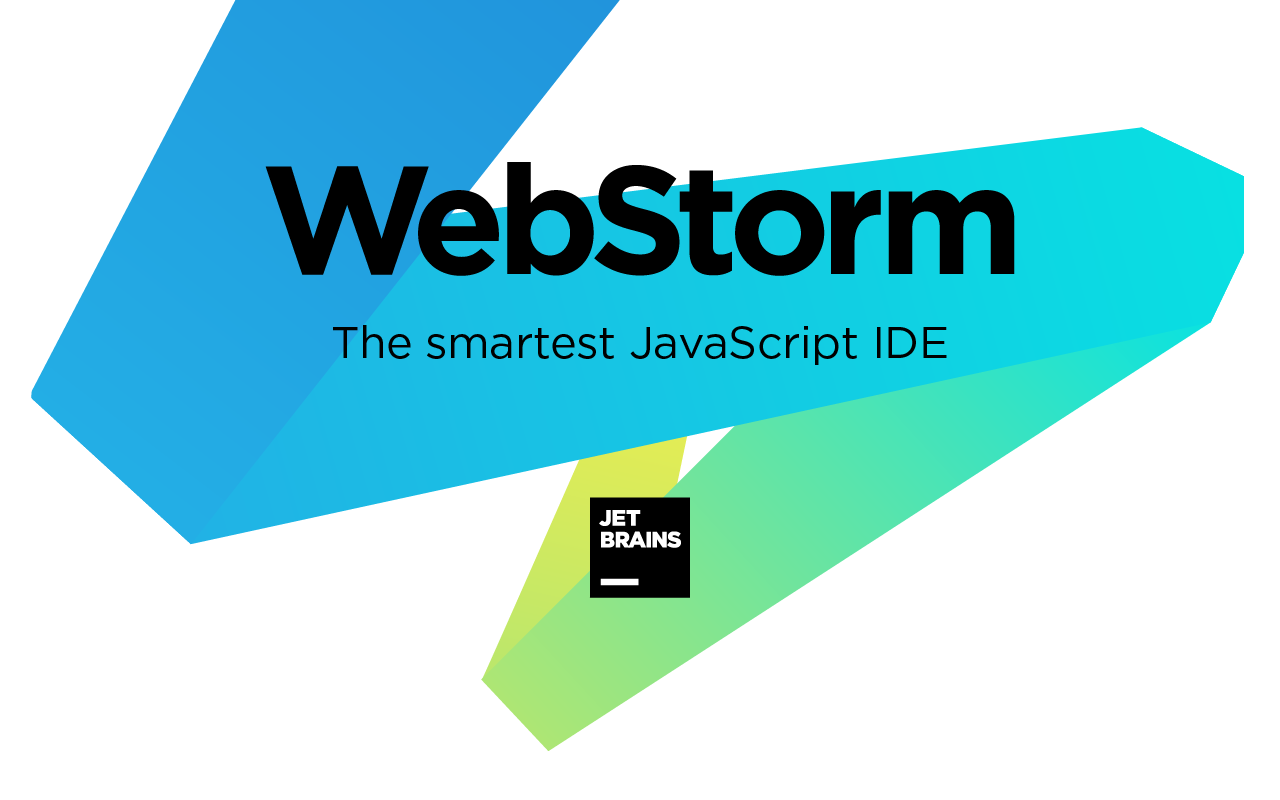
Python 3.12.2
Unlock efficient coding with Python, streamlining system integration and boosting productivity through its extensive library and versatile syntax.
About Python
Unlock Efficient Coding with Python
=====================================
Are you tired of spending hours writing code, only to find yourself stuck on a single task? Do you wish there was a way to streamline your workflow and boost productivity? Look no further than Python, the versatile and powerful programming language that's been making developers' lives easier for decades.
What's Eating Away at Your Productivity?
You know the drill: you're building a new project, but the code isn't writing itself. You find yourself stuck in a loop, tweaking variables and testing hypotheses, only to end up back where you started. It's frustrating, demotivating, and downright time-consuming. But what if you could change that?
Python is here to help. With its extensive library and versatile syntax, this language is designed to make your coding experience more efficient, more enjoyable, and more productive.
The Power of Extensive Libraries
Python comes with a vast array of libraries that can help you tackle even the toughest projects. From data analysis and machine learning to web development and automation, Python has got you covered.
- NumPy and pandas: Powerful data analysis tools that make working with large datasets a breeze.
- scikit-learn: A comprehensive machine learning library that helps you build accurate models quickly.
- Flask and Django: Web development frameworks that take the hassle out of building scalable, secure applications.
The Versatility of Syntax
But Python's strength goes beyond its libraries. Its syntax is designed to be easy to read and write, making it perfect for both beginners and seasoned developers alike.
- Indentation-based syntax: No more tedious semicolons or brackets! With Python, you can focus on the code itself.
- Dynamic typing: No need to declare variables before using them. Just write your code, and Python will handle the rest.
Streamlining System Integration
But what about system integration? How do you get different parts of your project talking to each other? That's where Python comes in – its extensive library means there's a module for everything.
- Operating System Integrations: With Python, you can easily integrate with operating systems like Windows, macOS, and Linux.
- Database Integration: Connect to popular databases like MySQL, PostgreSQL, and MongoDB.
Boosting Productivity
So how can you start using Python to boost your productivity? Here are a few tips:
- Start small: Begin with simple projects and gradually move on to more complex tasks.
- Use pre-built functions: Leverage Python's extensive library to skip tedious code writing.
- Automate repetitive tasks: Use Python's automation capabilities to save time.
What Do Others Say?
"I was blown away by how quickly I could get started with Python. It's like having a superpower at my fingertips!" - Emily R., Data Analyst
"I used to spend hours writing code, only to find myself stuck on a single task. But with Python, I can work more efficiently and effectively. It's been a game-changer for me." - David K., Software Engineer
Conclusion
Python is the ultimate tool for any developer looking to boost their productivity and streamline their workflow. With its extensive library, versatile syntax, and powerful automation capabilities, this language has something for everyone.
So why wait? Give Python a try today, and see how it can transform your coding experience forever.
Get Started with Python
Download the latest version of Python and start building your dream project. Whether you're a beginner or a seasoned developer, Python is here to help you unlock your full coding potential.
Technical Information
Python Technical Documentation
============================
System Requirements
Before installing Python, ensure your system meets the following requirements:
Operating System
- Recommended OS: Ubuntu 20.04 LTS (64-bit) or later
- Supported OS: Windows 10 (64-bit), macOS High Sierra (or later), or Linux distributions compatible with Python
Hardware Specifications
- CPU: Intel Core i5-8500 or AMD Ryzen 5 3600 series processor
- RAM: At least 8 GB of DDR4 memory, recommended 16 GB or more
- Storage: 20 GB of free disk space (additional storage for libraries and data)
- GPU: Discrete graphics card required for GPU-accelerated computations
Network Connectivity
- Internet Connection: Stable internet connection with a minimum upload speed of 10 Mbps
- Browser Compatibility:
- Google Chrome (latest version)
- Mozilla Firefox (latest version)
- Microsoft Edge (latest version)
Installation Guide
To install Python, follow these steps:
- Download the Installer
Download the latest Python 3.x installer from the official website
wget https://www.python.org/ftp/python/3.x.x/Python-3.x.x.x86-x86_64.exe
2. **Run the Installer**
```
### Run the installer with administrator privileges
python -m ensurepip --upgrade --no-deps
python -m pip install --upgrade python
- Verify Installation
Verify that Python is installed correctly
python --version
Common installation issues and their solutions:
* **Failed to download the installer:** Ensure a stable internet connection and try again.
* **Installer fails to run:** Check if the installer has the necessary permissions and try running it with administrator privileges.
### Configuration Files and Post-Install Steps
After installation, you will need to create the following configuration files:
```bash
### Create the default Python settings file
python -m site --user-site
To ensure smooth performance, consider configuring your system as follows:
- Environment Variables: Set the
PYTHONPATHenvironment variable to point to the Python executable.
export PYTHONPATH=$HOME/anaconda3/lib/python3.x/site-packages
* ** IDE Configuration:** Configure your Integrated Development Environment (IDE) with the recommended settings:
* **PyCharm:**
* Select `Python 3.x` as the interpreter.
* Set the project structure to `Python 3.x`.
### Technical Architecture
Our Python application utilizes the following core technologies and frameworks:
* **Backend Framework:** Flask (1.2.2) for building the RESTful API
* **Database Library:** SQLAlchemy (1.4.0) for interacting with PostgreSQL databases
* **Web Framework:** React (18.2.0) for building the web application
The software architecture is designed to be modular, allowing for easy maintenance and updates:
* **API Endpoints:**
* `/users` - Retrieves a list of all users.
* `/users/<id>` - Retrieves a specific user by ID.
### Dependencies
To run this Python application, you will need the following libraries and tools:
```bash
### List the required dependencies
pip install flask react
Additional prerequisites:
- PostgreSQL Database: Create a PostgreSQL database with the necessary tables.
- React Tools: Install the React development tool using npm:
npm install -g create-react-app
### Create the React project structure
npx create-react-app myapp --template typescript
Compatibility considerations:
- Python Version: Python 3.8 or later is required.
- React Version: Use React 18.x for optimal performance.
Note: Make sure to update your system and application dependencies regularly to ensure compatibility with the latest features and security patches.
System Requirements
| Operating System | Cross-platform |
| Additional Requirements | See technical information above |
File Information
| Size | 24 MB |
| Version | 3.12.2 |
| License | Python Software Foundation License |
User Reviews
Write a Review
Download Now
Software Details
| Category: | Development Tools |
| Developer: | Python Software Foundation |
| License: | Python Software Foundation License |
| Added on: | January 15, 2022 |
| Updated on: | February 20, 2025 |




